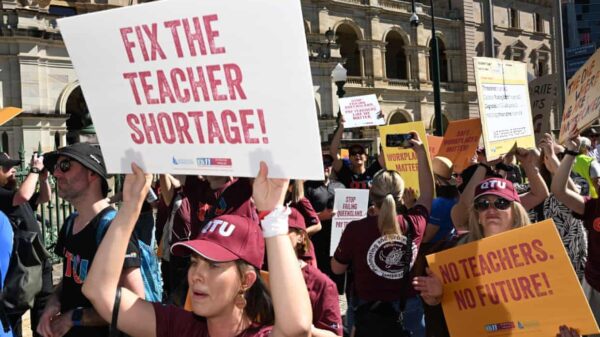US President Donald Trump has ordered the dismissal of Erika McEntarfer, the commissioner of the Labor Department’s Bureau of Labor Statistics, following a disappointing jobs report for July 2023. The report revealed a significant slowdown in employment growth, with nonfarm payrolls increasing by only 73,000 jobs, sharply down from expectations of 110,000 jobs. This follows a downward revision of job gains in June, which were adjusted to just 14,000 jobs—the lowest increase in nearly five years.
Trump, who accused McEntarfer of manipulating job data, expressed his dissatisfaction through a post on Truth Social, stating, “We need accurate Jobs Numbers. I have directed my Team to fire this Biden Political Appointee, IMMEDIATELY. She will be replaced with someone much more competent and qualified.”
Revisions and Economic Impact
The Bureau of Labor Statistics (BLS) also reported substantial downward revisions for the previous months. The job count for May was cut by 125,000, now reflecting a mere 19,000 jobs added. The BLS characterized these revisions as “larger than normal,” attributing them to updated reports received from businesses and government agencies since the last published estimates.
Despite Trump’s claims of data manipulation, there is no evidence supporting such allegations against the BLS, which is regarded as a reliable source for employment and economic data. The White House did not provide an immediate response to inquiries concerning Trump’s post.
The dismissal of McEntarfer occurs amid ongoing concerns about the integrity of US economic data. Earlier this year, Commerce Secretary Howard Lutnick dismantled two expert committees that assisted the government in producing economic statistics. Lutnick has also proposed removing government spending from the gross domestic product (GDP) report, arguing that “governments historically have messed with GDP.”
Sector Performance and Employment Trends
In July, job gains were primarily concentrated in the healthcare and social assistance sector, which added 73,300 jobs. Retail and financial activities also saw modest increases, with 15,700 and 15,000 jobs added, respectively. Conversely, several sectors, including manufacturing and professional services, reported job losses.
The unemployment rate rose slightly to 4.248 percent, up from 4.1 percent in June. This increase was attributed in part to a drop in labor force participation, which fell to 62.2 percent, marking a decline for three consecutive months. Approximately 38,000 individuals exited the labor force, contributing to a 260,000 drop in household employment.
Economists have linked the slowdown in job growth to Trump’s trade and immigration policies, which have reduced labor supply. The ongoing immigration crackdown, coupled with a rise in retirements among baby boomers, has created a scenario in which the economy now needs to generate fewer than 100,000 jobs per month to keep pace with the growth of the working-age population.
The BLS has already scaled back its data collection efforts for both consumer and producer price reports, raising further questions about the future reliability of US economic statistics. As the nation navigates these economic challenges, the implications of Trump’s actions and the performance of the labor market will continue to be closely monitored.


































































